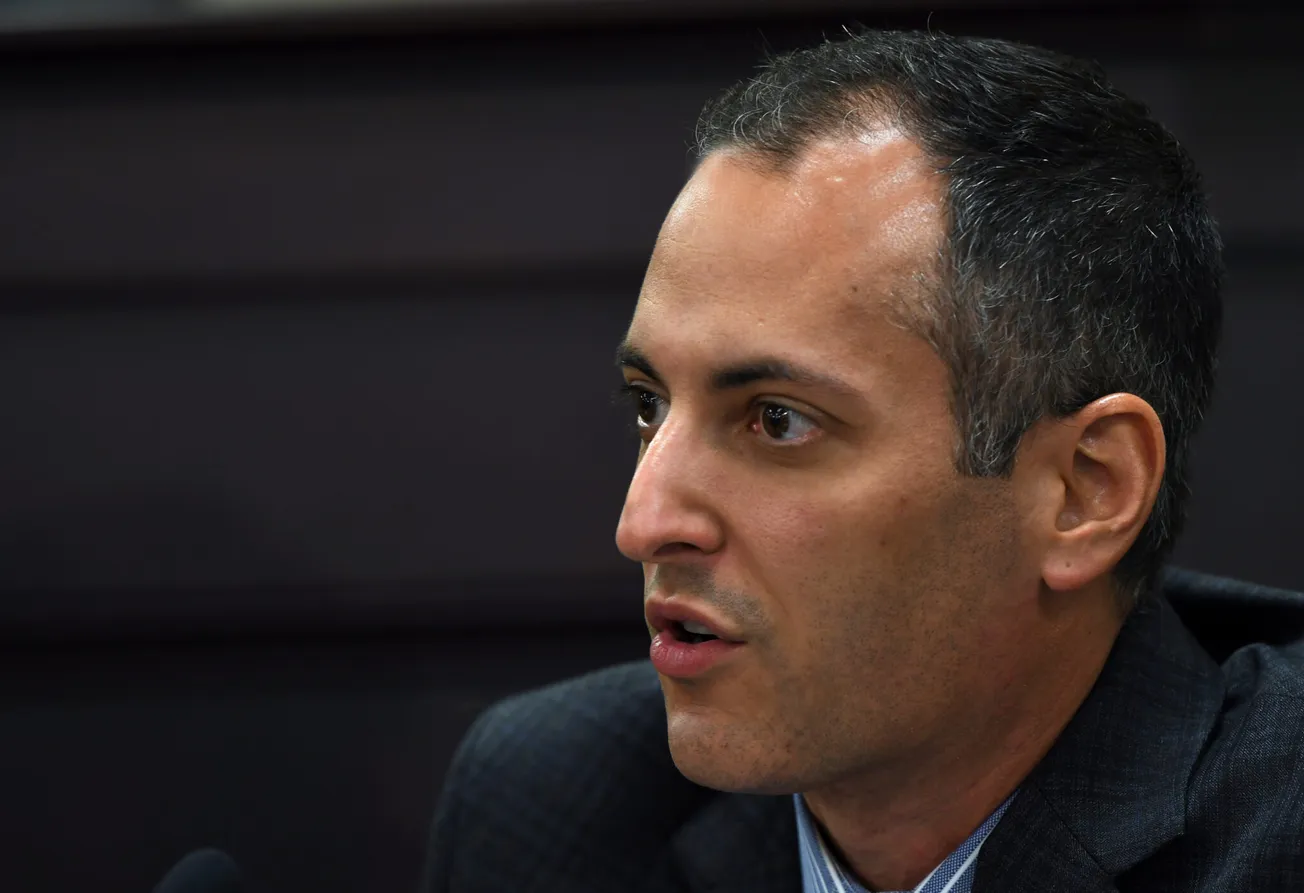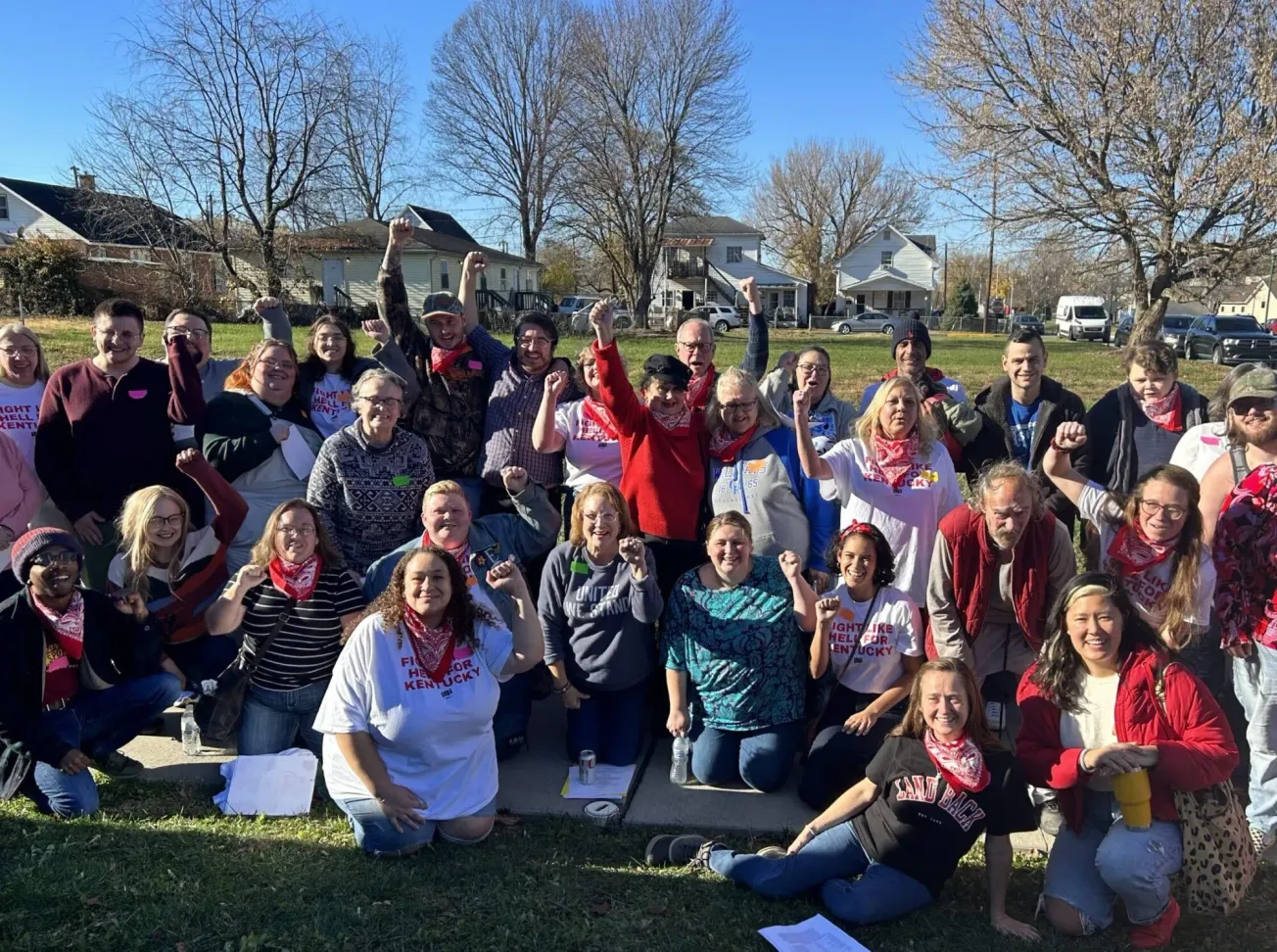Homicides involving guns are often considered an urban problem, but rural America has its own firearm traumas that few communities have the resources to address effectively. “Nationwide, rural gun homicides have risen, and, in some areas, outpaced their urban counterparts. From 2016 to 2020, 13 of the 20 counties with the highest gun homicide rates were in the rural South, according to the Center for American Progress, a policy research institute,” reports Renuka Rayasam for The Daily Yonder.
Elaine, Mississippi, pop. 500, is a dramatic example, “Phillips County, where Elaine is located, is home to about 15,000 people spread across 690 square miles. Data shows they’re at high risk of gun violence. From 2016 to 2020, the Phillips County had the country’s highest per capita rate of gun homicides, according to an analysis last year by the CAP,” Rayasam writes.
“During three days in July, police responded to reports of four homicides in Helena-West Helena, the Phillips County seat. That might be a small number for a major city, but it has an outsize impact in a rural town,” said Nick Wilson, senior director for gun violence prevention at the Center for American Progress. The sheer number of deaths can devastate communities that often lack resources to stem gun violence or mental health services to help traumatized residents. Also, the nearest medical centers to treat victims are often miles away.
Segregated communities, racism, and poverty add to social tensions that can lead to violent outcomes. Phillips County has “a harrowing history of racism,” Rayasam reports. “In 1919, Elaine was the site of one of the worst racial massacres in U.S. history. At least 200 Black residents were murdered by white residents and soldiers over a couple of days after a group of Black farmers met one late September evening to demand better payments for their cotton crops.” Daniel Webster, a distinguished scholar at the Johns Hopkins Center for Gun Violence Solutions, told Rayasam: “These disadvantages are structural and driven by policy rather than naturally occurring. The conditions that lead to structural racism also lead to higher rates of gun violence. ... These places have lacked investment, where poverty is rampant, unemployment is high, schools are failing, and buildings are crumbling.”
Under those conditions, even small stressors, like a fight over a cigarette, can lead to a shooting, researchers say. “Most homicides in Phillips County, as in urban areas, stem from interpersonal or domestic disputes,” Rayasam adds. “A few years ago, a man in Helena shot a man who allegedly stole butter beans from his garden.”
Hicks Gilbert, who became Elaine's first Black and female mayor, is working on changing “‘the mindset of what is possible,’” Rayasam reports. “She is requiring public housing operators to keep properties up to code, bringing in dumpsters to encourage residents to clean up trash, tearing down dilapidated houses, hiring young people to work in city government and at the community center, and starting a tutoring program.”
But progress can be slow and “persistent poverty and violence take an emotional toll,” said Steven Cannon, a pastor who also runs an after-school community center in West Helena. Cannon told Rayasam, “What you see can be depressing at times, especially on a young generation.”
--30--
Written by Heather Close. Cross-posted from the Rural Blog.







